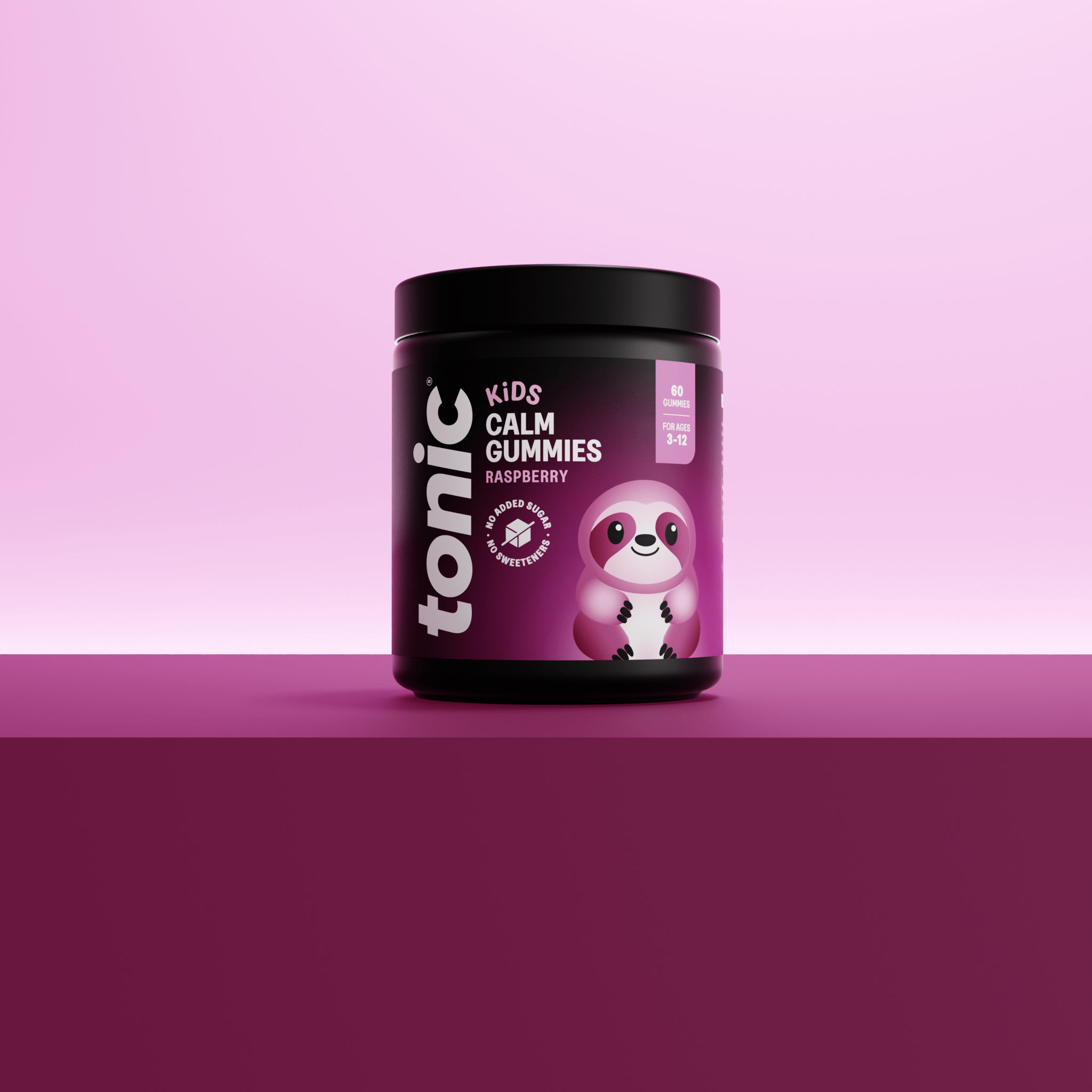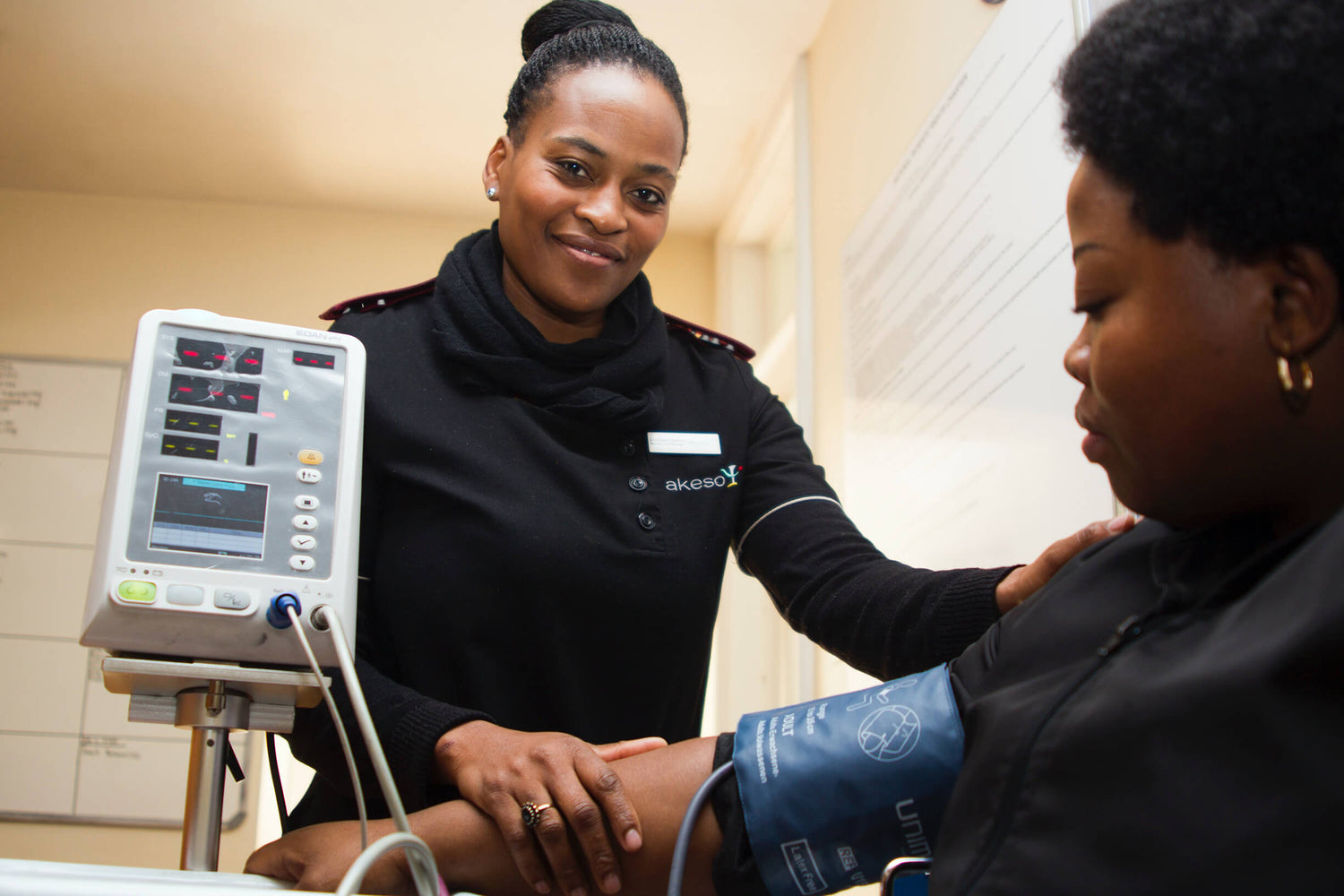The human immune system is a truly wonderful thing, this sophisticated infrastructure of cells, proteins, organs and tissues routinely whirring into action to fight off nasties that can leave us feeling unwell. But how much do you actually know about all of those special components of the immune system that are constantly defending you?
Many of us are unfamiliar with the key parts of the immune system that are so crucial for banishing foreign invaders (microbes). So here at Tonic Health, we thought we’d give you a whistlestop tour of its seven key parts.
White blood cells
White blood cells, or leukocytes, are your immune system’s star players – the Cristiano Ronaldos and Lionel Messis, so to speak. While they only account for about 1% of your blood – red blood cells, platelets and plasma making up the rest of it – white blood cells are effectively your immunity cells.
Circulating through your bloodstream and bodily tissues, white blood cells are always primed for a fight. Your body is continuously making new white blood cells, so that they can keep a lookout for unwanted microbes like bacteria, viruses, fungi and parasites. If they do encounter any such nasties, they work with your wider immune system to destroy them, to prevent you becoming ill.
Antibodies
An antibody is a Y-shaped protective protein molecule that the immune system produces to attack microbes or the toxins created by them.
Antibodies can tell that a particular microbe or toxin is an unwelcome invader due to the presence of foreign, disease-causing substances called antigens on the microbe’s surface or in the chemicals that it produces.
Specialised white blood cells known as B lymphocytes (or B cells) are responsible for the creation of antibodies, which recognise and latch onto antigens to remove them from the body.
Complement system
This system – as its name suggests – effectively complements antibodies’ antibacterial activity. It is a complex system of more than 30 proteins, which react with each other to bind pathogens and prompt an inflammatory cascade response, thereby helping to vanquish infectious microorganisms.
Lymphatic system
This web of delicate vessels throughout the body helps to keep bodily fluids in balance, in addition to defending against infections. It consists of lymph nodes – also often referred to as lymph glands – that effectively filter harmful substances, their immune cells attacking and destroying the germs that lymph fluid brings in.
Lymph is colourless fluid that bathes your bodily tissues, and which contains lymphocytes. These are white blood cells that play an integral role in fighting infection.
Spleen
The spleen is a fist-sized organ in the upper far left part of the abdomen, next to the stomach. While it has various functions in the body, its blood-filtering capabilities make it especially significant as a part of the immune system.
The spleen breaks down and removes old, abnormal or damaged cells, in addition to storing red blood cells, platelets and white blood cells. It also produces antibodies and lymphocytes that your body depends on to combat disease.
Bone marrow
It may have never occurred to you that the spongy tissue in the centre of your bones could be part of your immune system, but it is! In fact, it’s responsible for creating circulating blood cells in a process known as haematopoiesis.
Your bone marrow constantly produces all three types of blood cell – red blood cells, platelets and white blood cells – to keep us healthy. And as we covered above, white blood cells are especially important for fighting against foreign invaders and helping to destroy infection.
Thymus
Finally, there’s this little-known organ situated just below the breast bone that also does some pretty important things for your body.
Despite only being active until puberty – after which it begins to slowly shrink and be replaced by fat – the thymus gland is crucial due to its production of progenitor cells. These, in turn, mature into T-cells that are instrumental in the destruction of infected cells, while also assisting the growth of other organs in the immune system.
So, there you have it – seven often overlooked parts of the body that help to make your immune system the formidable, and perhaps underappreciated, fighting force that it is.
Other sources:
https://www.dictionary.com/e/what-are-antibodies-and-do-they-kill-viruses/
https://www.mblbio.com/bio/g/support/method/antibody.html
https://www.britannica.com/science/antibody
https://www.news-medical.net/life-sciences/Complement-System-Overview.aspx
https://www.aboutkidshealth.ca/Article?contentid=1511&language=English







Leave a comment
All comments are moderated before being published.
This site is protected by hCaptcha and the hCaptcha Privacy Policy and Terms of Service apply.